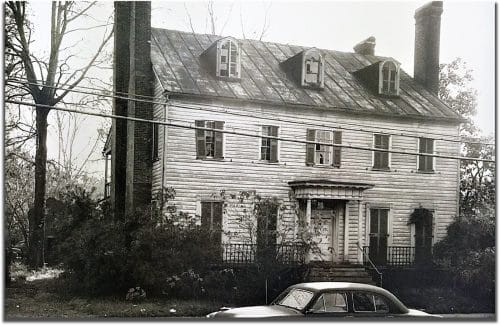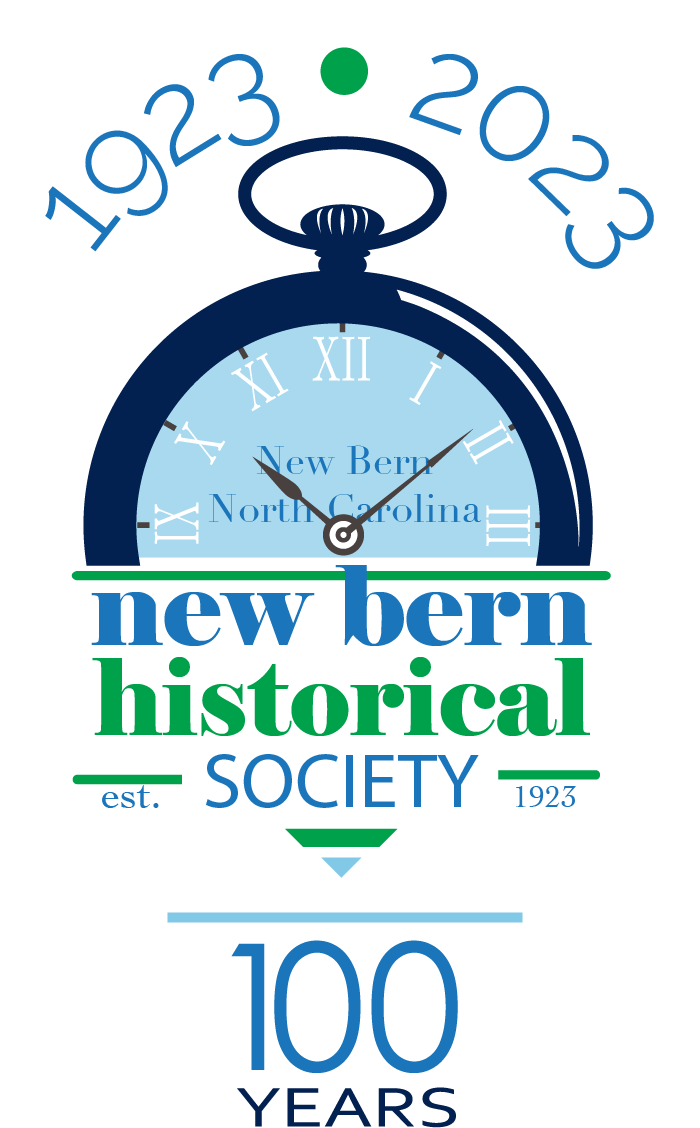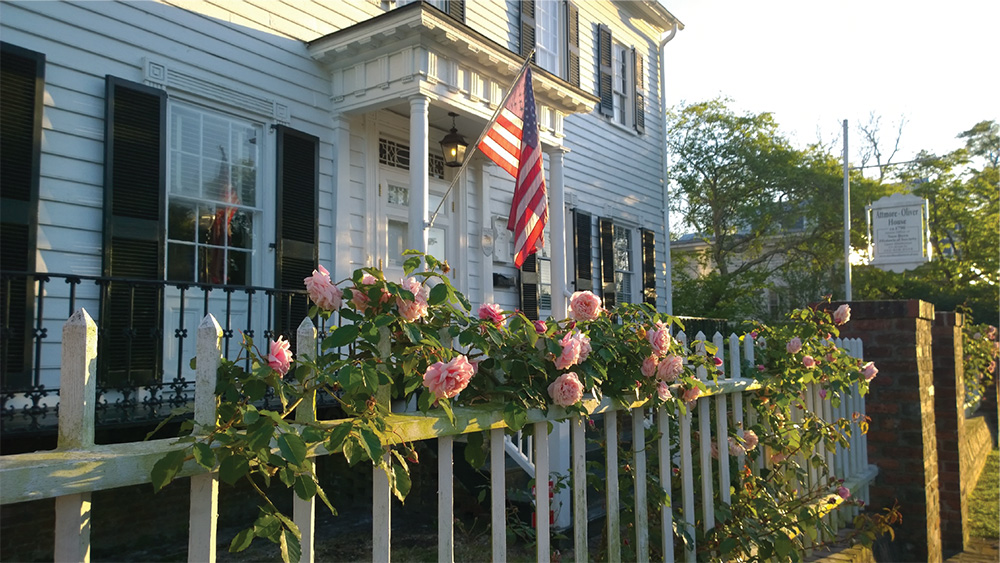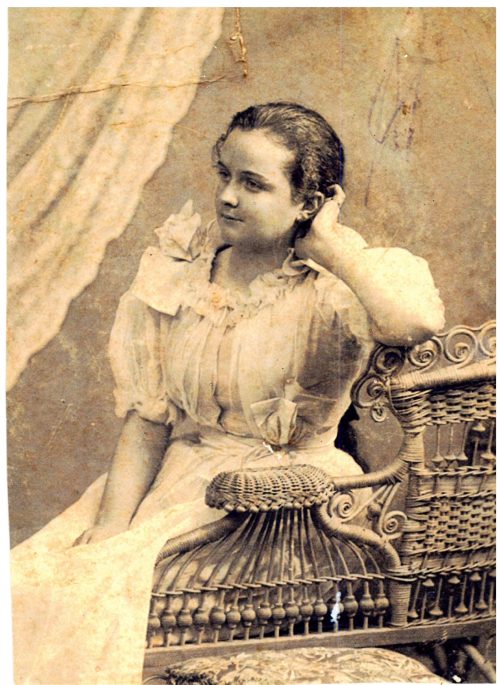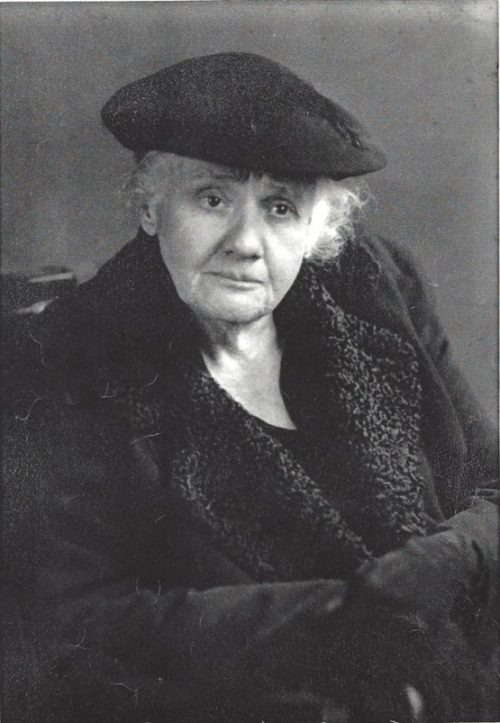Sunshine's Story
by Claudia Houston, Historian, New Bern Historical Society
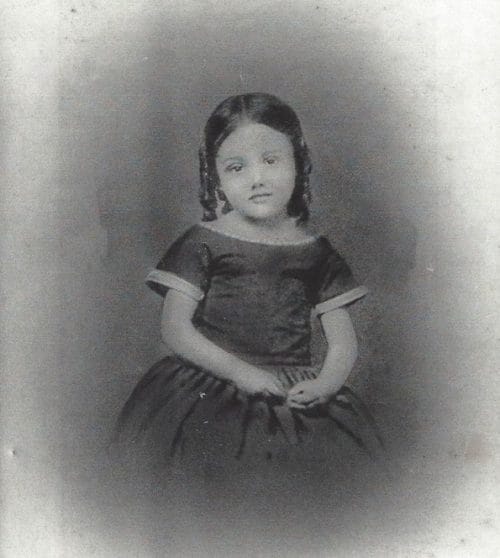
The Attmore-Oliver House at 511 Broad Street is special to the New Bern Historical Society. Not only is it our headquarters but it has been the home of many important New Bern families. We feel a responsibility to tell the stories of those who once lived there. One of the more unusual tales is that of Hannah “Sunshine” Attmore Oliver, who was born during the Civil War on June 29, 1862.
Sunshine’s mother Hannah Taylor Attmore inherited the Broad Street house in 1859 when her father, George Sitgreaves Attmore died. She married William Hollister Oliver and they had eight children, though three died in infancy. William Oliver was a hardworking businessman and prior to the war, the family was well off. Three of Hannah’s brothers joined the Confederacy as did her husband William Oliver. The family, like so many others, vacated the city due to the impending arrival of Union troops. William became a Quartermaster in the Confederate Army while Hannah and her children went to Graham, North Carolina. Hannah “Sunshine” Attmore Oliver was born in Graham in June of 1862.
There was much illness in New Bern throughout the Civil War period, particularly smallpox, yellow fever, and diphtheria. When the family returned home Hannah’s only surviving son, George, contracted a serious infectious disease and had to be isolated in the attic on the third floor. A cousin and neighbor of Hannah's, Martha Harvey Houghton, volunteered to nurse George, and stayed in the attic with him. He survived and Hannah was so grateful, she told her cousin she would give her anything she wanted. Martha's response was to request that Hannah give her one of the Oliver children to raise as her own.
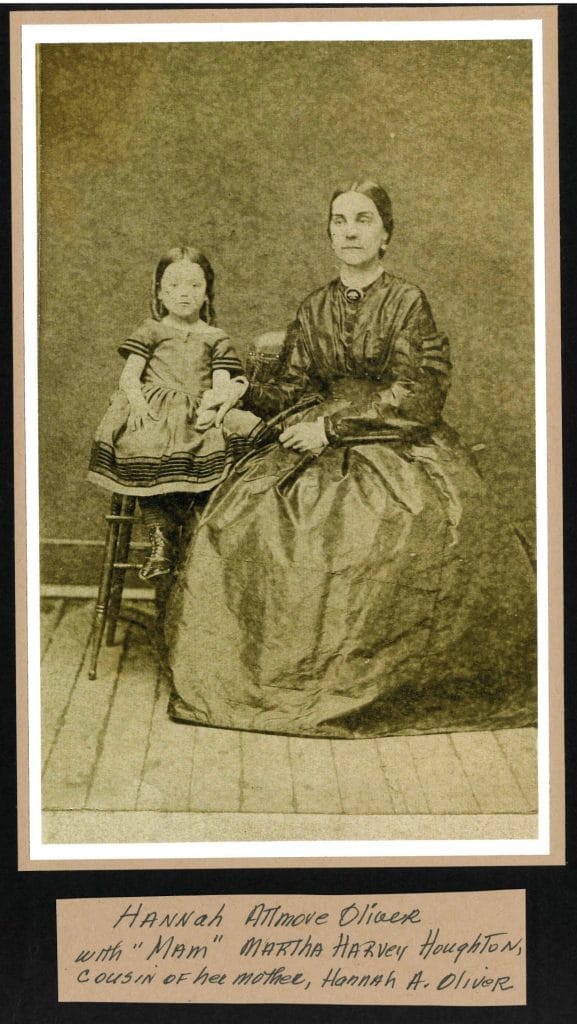
Physically, emotionally, and financially Hannah Oliver and her family struggled upon their return home. Two of her three brothers were killed during the war and the house on Broad Street was in poor condition. Mrs. Oliver was described as having a delicate constitution which included severe arthritis. It was perhaps a relief to have one less child to care for. The Oliver family agreed with Martha’s request and allowed her to choose which child she wanted. She chose the most vivacious and outgoing of the children, little Sunshine.
Sunshine lived with Martha Harvey Houghton who she called “Mammy,” until Martha’s death. She also visited her biological mother, Hannah Oliver, who she called “Mama.” Sunshine had a personal bible in which she recorded the momentous events of her life, including the date of her marriage and the birth dates of each of her children. Only two other facts are recorded; the date and time of death of her “Mammy,” and the date and time of death of her “Mama.” Mrs. Houghton died May 26, 1876, at the age of forty-seven and was buried at Cedar Grove Cemetery. Sunshine’s mother Hannah Attmore Oliver died five years later, at the age of fifty-two and was also buried at Cedar Grove.
What of Sunshine? She was well taken care of and doted upon by Mrs. Houghton. She saw her parents and siblings on a regular basis as she lived just down the street and while there was some sibling jealousy, the family seemed to make this unusual arrangement work.
In 1893, at the age of thirty, Sunshine married Benjamin Robinson Huske of Fayetteville. She had five children, eleven grandchildren, and twenty-two great grandchildren who adored their “Grandma Shiny.” She died on September 1, 1944, at the age of eighty-two and was buried in Fayetteville.
Mary Oliver, Sunshine’s older sister, never married and continued to live in what is now called the Attmore-Oliver House until her death in 1951. The house was willed to her nephews, and they sold the house to the New Bern Historical Society in 1954. We have lovingly cared for it since.
(Most of Sunshine’s story was told to us by Hannah’s granddaughter, Margaret DeRosset McLean, who also shared a scrapbook of old photographs).
